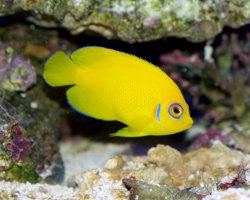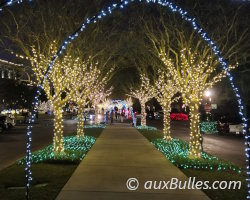Sealife guideThe common octopusOctopus vulgaris
Last updated on 03/15/2024 at 10:33 PM
Taxonomy
- Common name: Common octopus
- French name: Poulpe commun, pieuvre commune
- Scientific name: Octopus vulgaris (Cuvier, 1797)
- Family name: Octopodidae
- Order name: Octopoda
- Class name: The cephalopods [Cephalopoda]
Description
The common octopus is a mollusk, meaning it is an animal with a soft body devoid of a skeleton. The body of the common octopus consists of an outer shell called a mantle, which houses various organs and extends into a muscular foot that divides into tentacles.

The common octopus with its tentacles spread out
The body of the common octopus measures about 20 centimeters with tentacles that can stretch up to one meter in length for the largest individuals. The common octopus has eight tentacles, each equipped with suckers along their entire length.
The color of the common octopus varies depending on the natural environment in which it evolves. Indeed, the common octopus has the ability to adapt the color of its body to blend into its surroundings. This ability is called homochromy.
The common octopus moves thanks to a clever system of water propulsion through a siphon located between the head and the body.
Geographic range
The common octopus is found in the main oceans and seas around the globe, particularly in the Mediterranean Sea, where this species is very widespread.
Habitat
The common octopus prefers marine bottoms composed of rocky rubble and stones, rocky bottoms conducive to establishing its den among the countless cavities and crevices.
The common octopus is sedentary and vigorously defends its territory.
Diet
The common octopus is a carnivorous animal that feeds on
crustaceans such as crabs, fish, and other
mollusks.

The common octopus nestled at the bottom of a rocky crevice
The mouth of the common octopus is located at the center of its tentacles and is equipped with a powerful jaw resembling a « parrot's beak », allowing it to crush its food.
To hunt, the common octopus hides nestled in rocky crevices, ready to extend its long tentacles to capture its prey. It then injects its venom into the prey to paralyze it. However, in the face of danger, the common octopus disappears under a cloud of black ink: but this puts a particular strain on its organism !
Reproduction
The common octopus undergoes sexual reproduction. After mating, the female lays her eggs in clusters, which she attaches to her nest. Devoting all her attention to them, the female focuses solely on caring for her future offspring and forgets to feed herself. After the eggs hatch, the severely weakened female dies from exhaustion.
The male exhibits sexual dimorphism compared to the female with one of its tentacles specialized as a reproductive organ called the hectocotylus.
Did you know ?
The common octopus has a brain that gives it a certain capacity for learning.
The life expectancy of the common octopus is very short, from one to two years maximum, especially for the female, who devotes herself body and soul to her future offspring.
The common octopus is listed as many other marine species within The
IUCN Red List of threatened species. The common octopus appears in the
IUCN Red List since 2018 within the category Least Concern !
Tips for observing
Camouflaged in its habitat, the common octopus is often difficult to spot, but few details may give it away, so keep an eye out for it ! When you are diving above a the rocky seabed or scree - its preferred habitat - look out for the small piles of shells and stones that mark the edges of its lair !
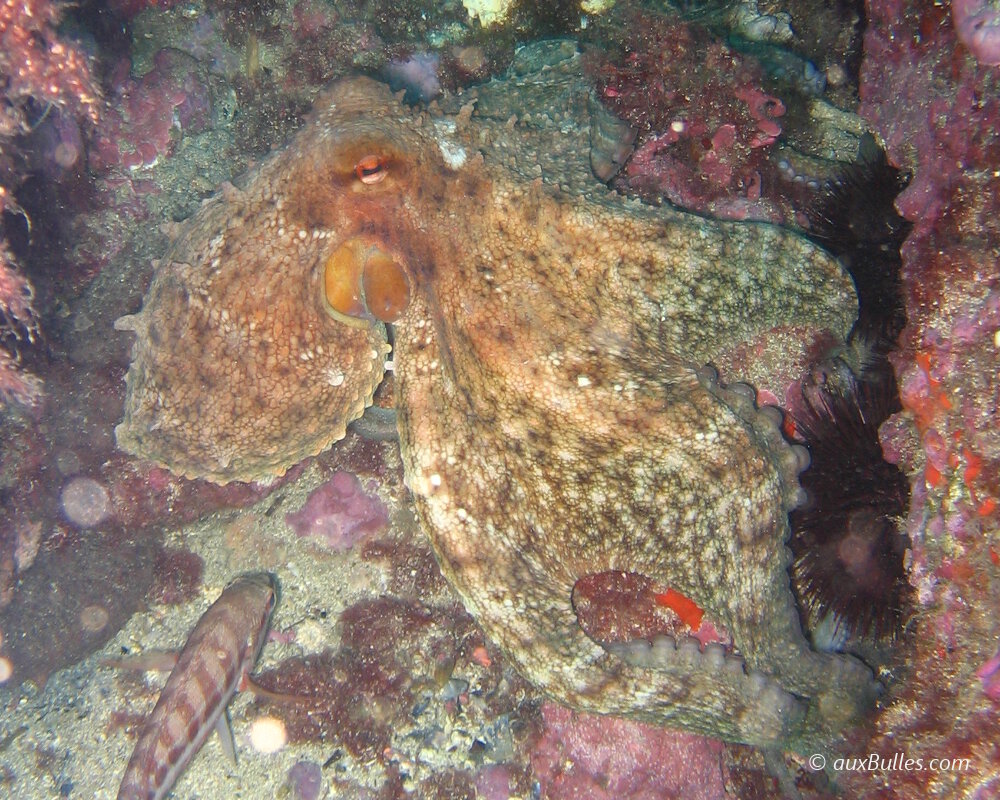
The common octopus adopts camouflage to blend into its environment
The video gallery
Common octopus fight to defend their territory
Within the same family

Coconut octopus
(Amphioctopus marginatus)
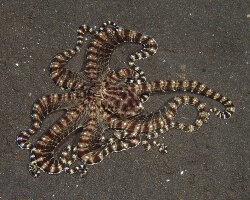
Mimic octopus
(Thaumoctopus mimicus)
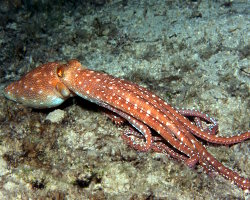
White-spotted octopus
(Callistoctopus macropus)
Discover also

Adorned stiliger
(Stiliger ornatus)

Chamberlain's sea slug
(Nembrotha chamberlaini)
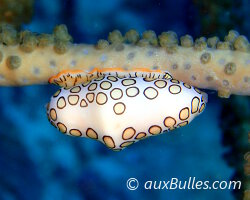
Flamingo tongue
(Cyphoma gibbosum)
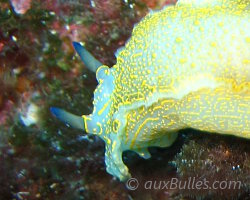
Giant doris
(Felimare picta)
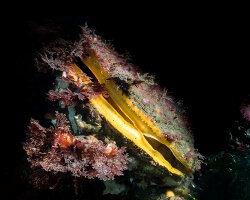
Giant rock scallop
(Crassadoma gigantea)
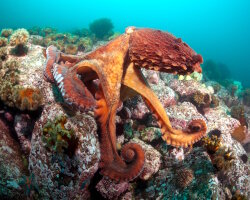
North Pacific giant octopus
(Enteroctopus dofleini)
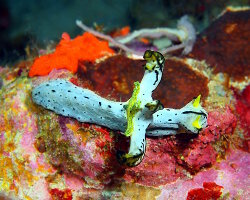
Serena's notodoris
(Notodoris serenae)
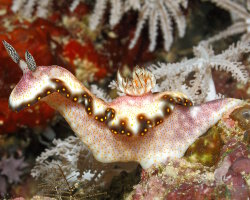
Yellow speckled doris
(Hypselodoris godeffroyana)
The marine species from Mediterranean sea
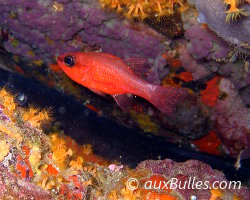
Cardinalfish
(Apogon imberbis)

European conger eel
(Conger conger)
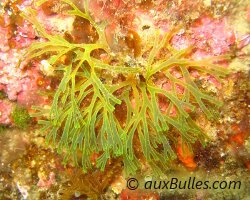
Forkweed
(Dictyota dichotoma)
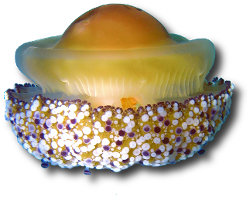
Fried egg jellyfish
(Cotylorhiza tuberculata)

Picarel
(Spicara smaris)
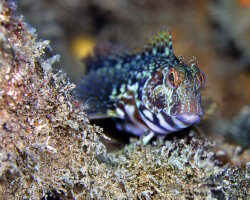
Ringneck blenny
(Parablennius pilicornis)
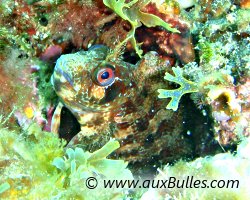
Tompot blenny
(Parablennius gattorugine)

Violet sea urchin
(Sphaerechinus granularis)
Best dive destinations
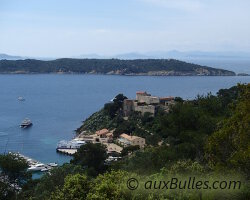
Port Cros island

























